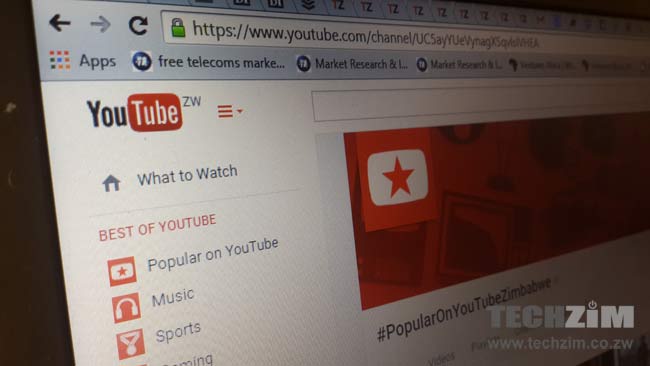In 2016 YouTube paid out over $1 billion to the music industry from revenues earned through advertising. This is according to a recent blog post shared by the Google-affiliated video-sharing website.
In the statement YouTube celebrated the rebound growth of revenues in music as well as the good times that music and online video is eyeing through the growth potential of advertising revenue in partnership with subscriptions (which was a reference to subscription services like YouTube Red).
A $1 billion warrants some form of celebration, no doubt. There’s some sort of lifeline for artists’ creative work that we as consumers plough through as long as we can get enough data.
A firm partnership between the music industry and technology platforms like YouTube which promote seamless access to great content will likely maintain the viability of content creation.
However, the number won’t impress artists who aren’t getting a fair share of that pay cheque.
Several players in the music industry have failed to warm up to streaming services like YouTube because of limited returns on the work they share.
Major artists like Katy Perry, Madonna, Cee Lo Green and Christina Aguilera even signed a petition to have legislation on digital rights reviewed as a way of ensuring better royalties for their work.
It also didn’t help that other stars like Taylor Swift, Adele and Lady Gaga who have garnered billions of views for their videos also called out streaming services for unfair payments and unclear pay structures for streams.
For “less visible” content creators on YouTube – a category that ropes in artists in nascent YouTube markets like Zimbabwe where views and subscriptions don’t break into the tens of millions – the $1 billion declaration is also an empty statement.
The revenue structure used for YouTube calls for significant views before a video turns into a decent paycheck. It’s this same reality that has prompted artists to use YouTube as call card for their work and a way to justify models like native advertising.
All this means that YouTube’s statement is likely going to be viewed as just an attempt at strengthening ties with content creators without addressing the reals issues that affect artists.
In 2017 as ad revenue continues to grow YouTube and other streaming services will have to review their approaches to remuneration otherwise any other celebration won’t move the creators who guarantee the eyeballs in the first place.
